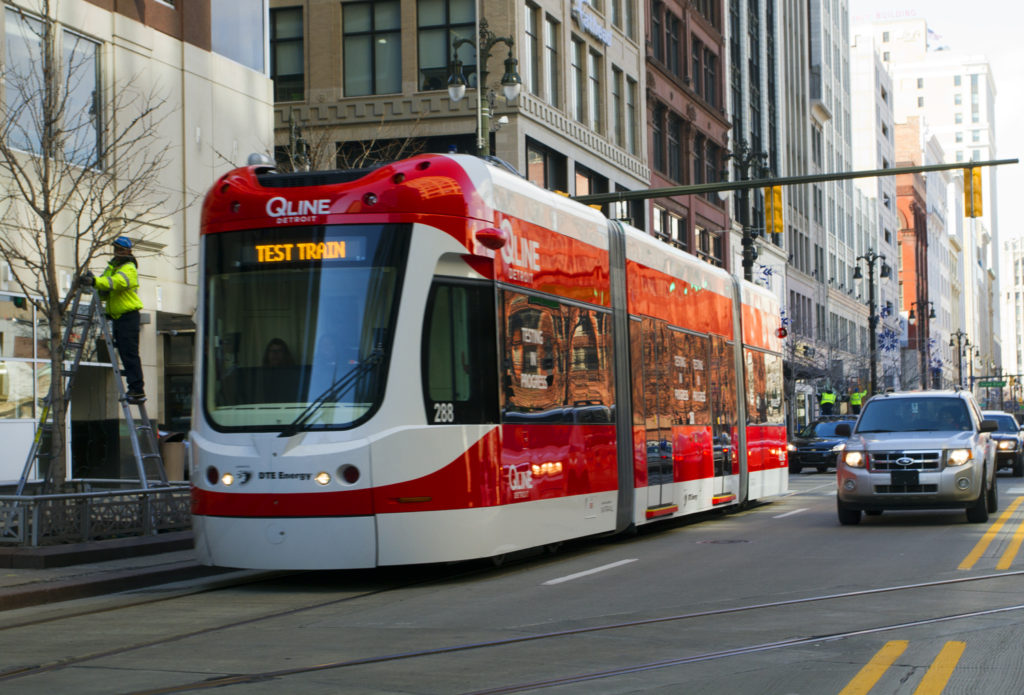
This is the first of a multiple-part series on Detroit’s QLine and modern streetcars.
Part 2: Failing Dallas streetcars are red flags for Detroit’s QLine
The streetcar renaissance in America is running off the tracks, just as Detroit is about to launch the $140 million QLine.
A six-month Motor City Muckraker examination of the nine streetcar lines that opened since 2013 found that the costly, sleek vehicles are slow, unreliable, over-budget, accident-prone and vulnerable to mechanical failures. In all but two cities, ridership has fallen far below expectations, forcing schedule cuts and raising serious questions about the future of streetcars.
“Transit advocates who believe streetcars offer a ‘quality’ alternative to buses are fooling themselves,” Randal O’Toole, a senior fellow at the Cato Institute, wrote in a study entitled, “The Great Streetcar Conspiracy.” “Their low averages speeds, limited number of seats, and inflexibility makes streetcars inferior to buses in every respect except in their ability to consume large amounts of taxpayer money.”
While the streetcar revival began in Portland in 2002, it didn’t blossom until the federal government began doling out money for small-scale transit projects meant to revitalize urban areas. Between 2009 and 2014, the U.S. Department of Transportation spent more than $300 million on streetcars, which is more than a quarter of all urban transit spending.
buy alesse online rxxbuynoprescriptiononline.net/alesse.html no prescription
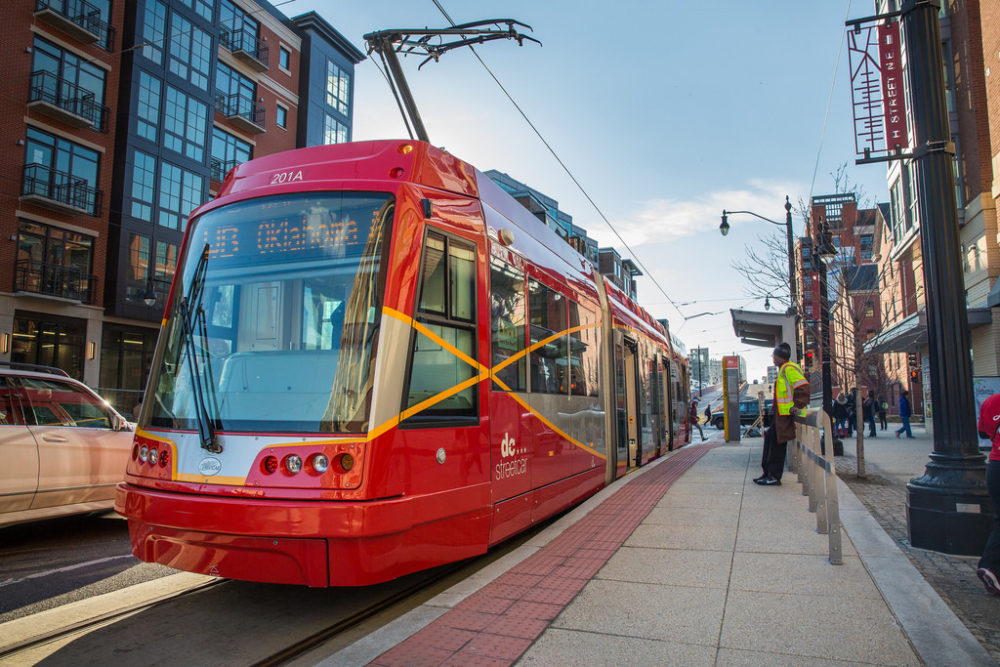
Those streetcars are now operating in Atlanta, Charlotte, Cincinnati, Dallas, Kansas City, New Orleans, Salt Lake City, Tucson and Washington D.C., offering the best insight yet of the performance of a throwback technology that all but disappeared in the mid-1900s.
As the cost and mechanical challenges come into focus, the number of requests for streetcar funding has rapidly declined. Other cities have scrapped their plans altogether in favor of more reliable transit systems, like bus rapid transit, that travel longer distances to serve more residents.
Delivering another blow to the streetcar revival, President Trump eliminated all future funding for streetcars in his budget. If approved by Congress, proposed streetcar systems in Fort Lauderdale, Fla.; Tempe, Ariz.; Sacramento; Calif.; Orange County, Calif., and Baton Rouge, La. likely will be discarded, officials in those municipalities said.
The QLine, which is about $40 million over its original budget, is scheduled to debut on May 15, nearly a year late, in a city where one-quarter of residents don’t have access to a vehicle. QLine officials expect 5,000 to 8,000 riders a day will use the 3.3-mile rail system that stretches from New Center to downtown. Only one city – Kansas City – has reached those ridership levels. The others have’t come close, with two attracting fewer than 500 passengers a day.
“There does seem to be a real disconnect between enthusiasm for the streetcar and its transportation performance,” read a 2015 study by the Mineta Transportation Institute, a Congressionally funded group that researches transit. “In most cities, streetcar ridership is very low and compares quite favorably with the ridership of a local bus route operating in the same general area.”
Antiquated, expensive technology
One of the main reason streetcars began disappearing in the mid-20th century was because of the enormous cost of maintaining the vehicles and tracks.
Those same problems are threatening streetcars today.
buy alphagan online rxxbuynoprescriptiononline.net/alphagan.html no prescription
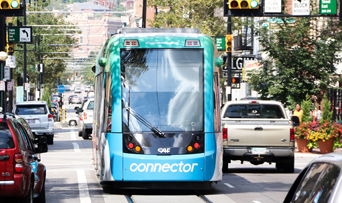
Just three months after a blockbuster debut in September 2016, the $148 million streetcar system in Cincinnati began to unravel. Four of the five cars were sidelined in December because of mechanical problems. On average, system failures disrupted service on a quarter of the days so far this year, and daily ridership has plummeted to 1,100, far below the projected 3,200. In March, the system was shut down for four days because concrete below the tracks was crumbling.
The one-year-old system in Seattle was shut down for nearly three weeks in March because of electrical malfunctions that caused one streetcar to lose power and skid backwards for two blocks without working brakes. The $54-million system is months away from finding a longterm solution, and for safety reasons can’t operate above 7 mph.

In Atlanta, the gleaming blue streetcars are in danger of being shut down by Georgia regulators because of accidents, unresolved mechanical failures, lax safety procedures, inadequate staffing, poor maintenance and a shoddy overhead electrical system, according to a scathing audit in February 2016. As of last month, the city has failed to correct 46 of the 66 problems, according to records obtained by Motor City Muckraker. The $98 million BeltLine is so unreliable and slow that ridership has plummeted to 700 riders a day, prompting the New York Times to compare the streetcar lines to “a glorified sidewalk.”
“We’re spending millions of dollars,” Atlanta Councilwoman Yolanda Adrean complained at a meeting late last year. “It would be cheaper to give everybody a personal Uber for free or something.”
John Mozena, of the free market think-oriented Mackinac Center for Public Policy, said streetcars are an obsolete technology that will become even less attractive as more people use Uber and Lyft, bike shares and eventually self-driving cars.
“To invest all this money in a technology from the 1800s doesn’t make a lot of sense,” Mozena told us.
buy amaryl online rxxbuynoprescriptiononline.net/amaryl.html no prescription
Nightmare in Dallas
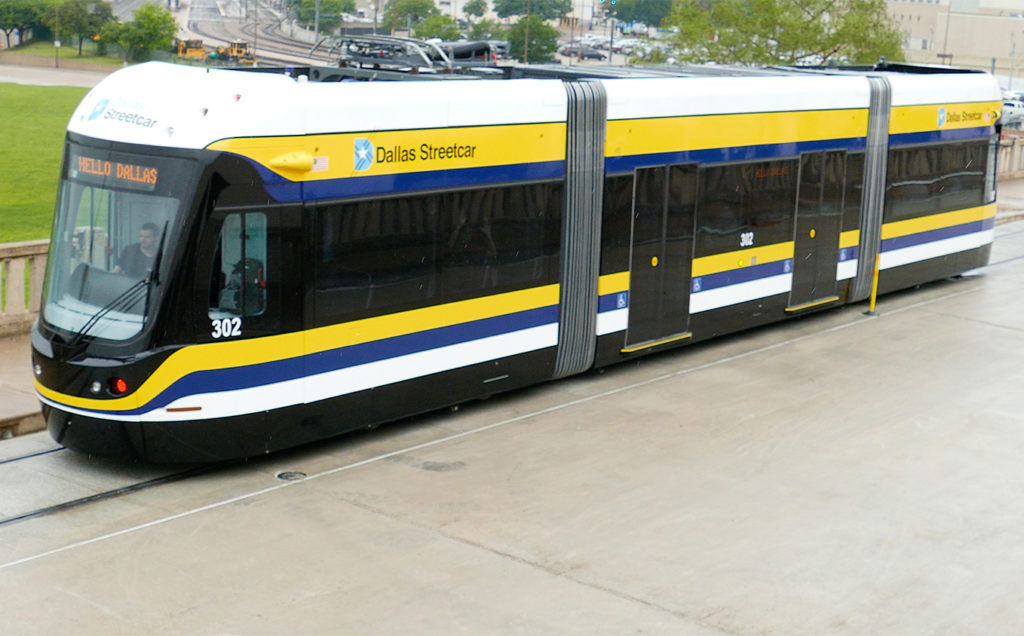
On May 15, Detroit is poised to become the third city in the nation to run hybrid streetcars, which use batteries to power the vehicles when they’re not connected to overhead cables.
But the technology has been a disaster for Dallas, which has the same vehicles as Detroit – the Liberty Modern Streetcars, manufactured and designed by Pennsylvania-based Brookville Equipment Corp. In the past seven months, the 2-year-old streetcars were taken out of service more than 60 times because of perpetual mechanical problems, including brake, hydraulic and battery failures. One even caught fire in October 2016. When the system isn’t shut down, there’s often just one streetcar available because of mechanical troubles with the other three.
It’s no wonder only 300 to 450 people use the $50 million system – the lowest ridership among the nine cities examined for this report.
“The total number of problems seems unreasonable and undermines confidence in the streetcar, DART, and the city,” a leader in the city’s mobility department wrote to a councilman last year.
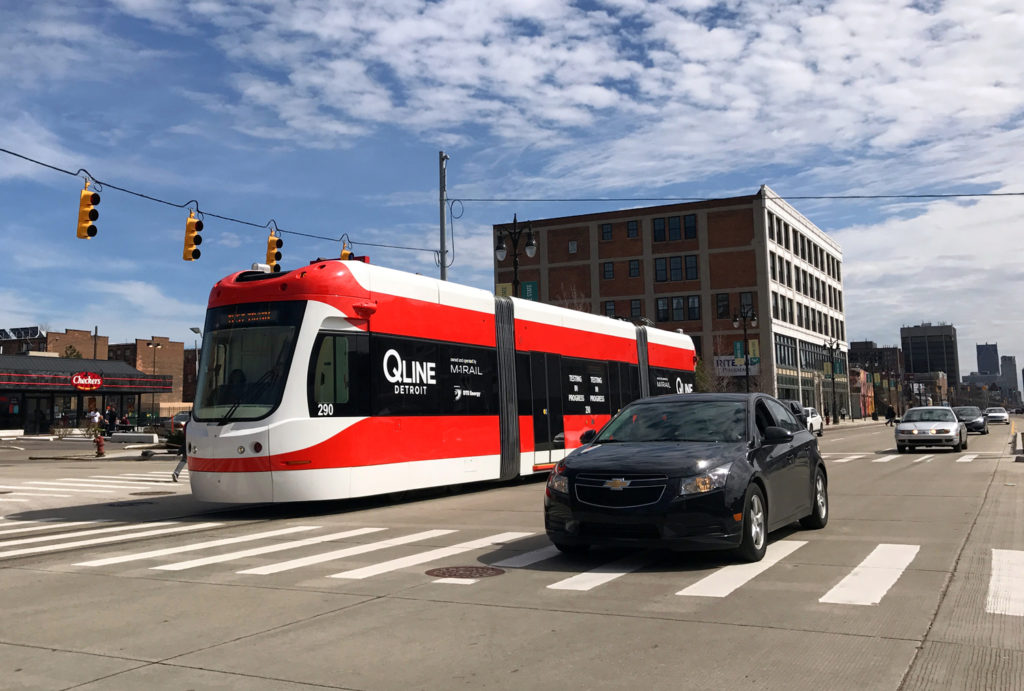
But QLine officials said they’re not worried about the same problems in Detroit because of the manufacturer’s reputation.
“As an American-owned designer and builder of modern off-wire capable streetcar vehicles, Brookville is dedicated to meeting the needs of American cities and transit agencies,” QLine spokesman Dan Lijana told Motor City Muckraker. “Brookville also works hand-in-hand with its partners to rapidly reach a resolution when issues do arise and will remain committed to QLINE fleet long after revenue service begins with on-site technical support and troubleshooting.”
Since streetcar testing began in December, only “one minor equipment repair” was required, Lijana said.
“Testing has gone very well,” Lijana told us. “Our operator, Transdev, has been working successfully to train staff including operators and supervisors. We’ve had to train and test for every scenario as part of this process and so far, things have gone smoothly. There have been no incidents that have affected testing of the vehicles or training of the operators.”
The streetcars will run off line using battery power about 60% of the time. Battery failures have been a nagging problem in Dallas.
Streetcars are accident-prone
The 80,000-pound streetcars are more accident-prone than buses because they’re heavier, take longer to stop and can’t swerve to avoid danger, giving operators little time to react to obstructions or traffic.
In Charlotte, one week after opening in July 2015, a streetcar with terrified riders aboard rolled out of control for about a half-mile and slammed into an SUV after a series of driver errors.
In March 2016, a streetcar in Kansas City slammed into a Mercedes that had parked over the fading white line. Two months later, the Kansas City streetcar derailed, was struck by a car full of teenagers and closed for four hours after smoke appeared around an electrified streetcar post.
During on-street testing in Cincinnati last year, streetcars were involved in 10 traffic accidents and four safety incidents. Two months after the streetcar opened, it struck a metro bus and cement truck on the same day. The streetcar also ripped off the door of a pickup and collided with a van, trapping four people who were later hospitalized.
In August 2015, a couple was killed in Salt Lake City when a streetcar plowed into their vehicle, prompting questions about whether the streetcar crossing was properly marked.
In January, two older streetcars collided in Philadelphia, injuring 46 people.
Streetcars are slower and more dangerous when they share lanes with cars, bikes and buses. QLine organizers discounted “safety concerns” from local and federal transportation officials, who recommended a center-running, dedicated lane to avoid collisions with bicyclists, cars and buses. The QLine proceeded with curbside, mixed-traffic lanes, making the streetcar vulnerable to any vehicle or pedestrian in front of it.
‘You can walk faster’
Two of the most frequent complaints about streetcars are their speed and dependability.
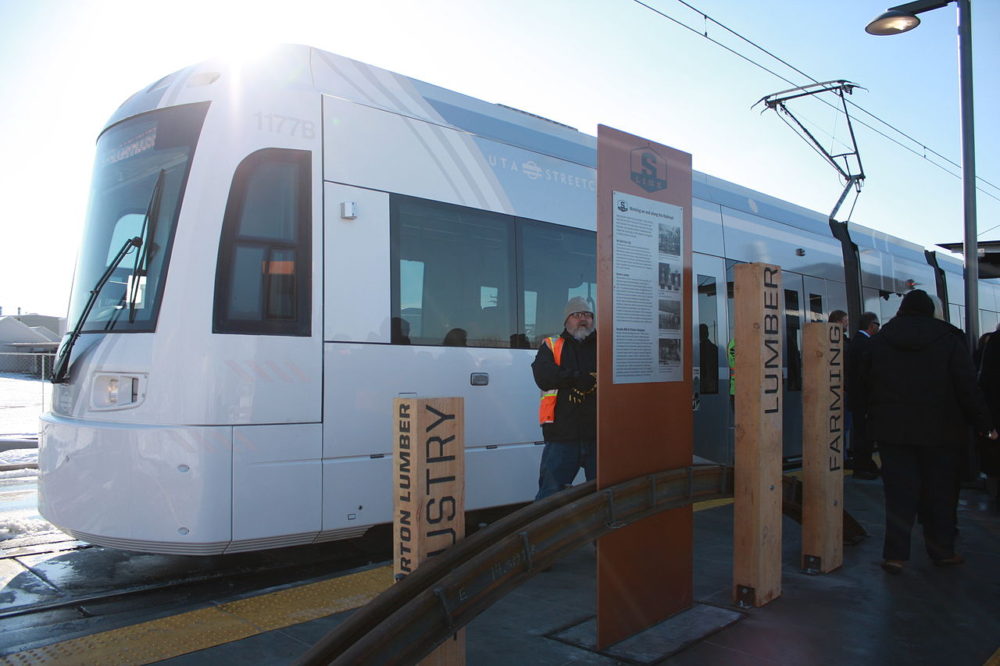
Nationwide, streetcars travel an average of 6.8 mph, which is roughly the pace of a brisk jog. In the past two years, runners in Charlotte, Salt Lake City and Washington D.C. have outpaced streetcars to highlight their sluggish speed. In 2013, a reporter walked faster than a Portland streetcar.
A Florida State University study of seven streetcar systems found that all of them “operate at speeds slower than the average motor bus in the local transit system, with most streetcar speeds less than half the average bus speed.”
“In a lot of traffic conditions, you walk faster than these streetcars,” Marc Scribner, a fellow at Competitive Enterprise Institute and frequent streetcar critic, told Politico.
The QLine is expected to take 25 minutes to travel the length of the track, which translates to 7.9 mph. By comparison, cars cover the same route in an average of 7 minutes and 24 seconds, according to a U.S. Department of Transportation study.
Early boosters claimed the streetcars would cover the distance of the track in 15 to 18 minutes, a discredited estimate that remains on the QLine’s website.
Streetcars blocked and delayed
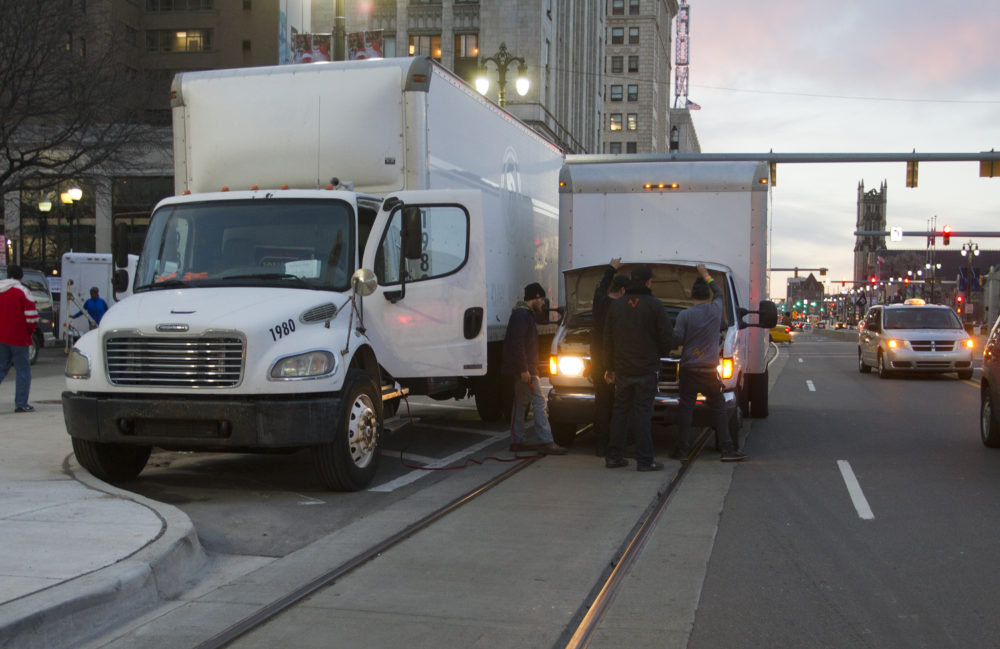
Streetcars also are vulnerable to delays because they share the road with other vehicles and can’t swerve like a bus. It’s not uncommon for streetcars to be held up by roadwork, car crashes, delivery trucks, parked cars and emergency vehicles. One obstruction can halt the entire system, causing traffic jams and leaving riders with the choice of waiting or hopping out.
In January, streetcars in Cincinnati were blocked 70 times by cars parked too close to the tracks, causing delays of up to 30 minutes while waiting for a tow truck.
In Tucson, the $196 million Sun Link streetcar was blocked 232 times between January 2016 and January 2017, adding up to nearly 30 hours of delays, transit records show. The longest delay, 65 minutes, was the result of a “drunk individual fighting with police,” according to data obtained from Tucson’s transit system.
Of the roughly 100 streetcar crashes in Portland since 2015, about half involved improperly parked cars.
In Detroit, about 350 parking spaces were eliminated along Woodward to make way for the tracks. Cars that block the streetcars will be fined $650 and towed.
To reduce confusion, QLine officials have launched “a comprehensive community education program” to teach motorists how to co-exist with the streetcars, Lijana said.
“We are holding community meetings to work with the public. We have ambassadors throughout the corridor for safety education, and M-1 RAIL continues to visit businesses directly about safety, use and operations. We’ll spend the final 30 days before operations ensuring public retention of the critical safety information,” Lijana said.
Bicyclists beware

Streetcars have been a hazard to cyclists because narrow bike tires can easily get stuck in the tracks. In May 2016, a 27-year-old cyclist was killed in Seattle when authorities believe her tires became lodged in the tracks.
In Tucson, 86 track-related bicycle accidents were reported over an 18-month period. In 2016, a joint study by the University of British Columbia and Ryerson University found that streetcar tracks have caused one-third of the bike crashes in Toronto’s downtown.
The U.S. Department of Transportation warned Detroit of the risks to cyclists.
“State-of-practice investigation indicates that bicyclists in areas with streetcar tracks in the rightmost lanes are more likely to fall and be injured,” federal officials wrote to QLine officials. “If possible, the use of bicycles in lanes with streetcar tracks should be discouraged.”
By Michigan law, bicycles are allowed to ride on the curbside lane, where most of the QLine tracks are.
“Lower Woodward is just no longer a safe option for group rides. It’s really a shame,” Todd Scott, executive director of the Detroit Greenways Coalition, told the Detroit Free Press.
After crashing twice on the tracks, Chris Scholler, who works at The Hub of Detroit bike shop on Cass Avenue, said he’s avoided Woodward.
“The rail sucks to ride over,” he told the Free Press.
Bus service suffers
Transit experts are clashing with city planners and developers over the performance of streetcars, which tend to serve tourists over residents, who are most in need of transportation.
To carry a passenger a mile on a streetcar, the average cost is about $1.50, compared to $1.05 for a bus, according to the Federal Transportation Administration.
In some cities, streetcars have been given priority over buses. In New Orleans, for example, the city cut short a popular bus route to and from downtown in 2013, forcing riders to walk or take streetcars. As a result, the bus line saw ridership fall by 42%, according to the New Orleans Regional Transit Authority.

In Detroit, the QLine moves along a pre-existing bus route that stops every 10 minutes. The city’s Department of Transportation said there are no plans to re-route buses “at this time,” leaving the possibility open.
Detroit’s bus system has been a chronic problem in a city where only 3% of the residents have easy access to a bus that runs every 15 minutes or less, according to a study by AllTransit/Center for Neighborhoods Technology. The number of households without a car in the Motor City rose from 21.2% in 2007 to 26.2% in 2012, the largest increase among the nation’s 30 largest cities, according to a recent University of Michigan study by Michael Sivak.
Detroit’s six streetcars costs about $5 million each. With the additional costs of spare parts and support services, the total price tag of the vehicles was $32 million.
For that price, Detroit could have purchased 68 new buses. And that’s not counting more than $100 million spent on the streetcar tracks.
In December 2011, the U.S. Department of Transportation withdrew its offer to subsidize the streetcar project, saying that bus rapid transit would better serve the population.
But billionaire downtown investors, such as Dan Gilbert, Roger Penske and the Illitch family, insisted on moving forward anyway. The federal government reluctantly pitched in $37.2 million, which could have been used for bus rapid transit. Other big contributors included the Kresge Foundation, Ford Foundation, Henry Ford Health System, Wayne State University and General Motors Co.
Urban renewal
Although streetcars are proving to be a poor alternative to buses, boosters say the lines spur significant economic development in downtown areas.
QLine leaders boasted that the streetcars will drive $3 billion in economic over the next decade.
But municipal and transit experts have cautioned against lofty projections by streetcar boosters.
“Measuring the actual impacts of streetcar investments on the local economy versus other City policies and development incentives is elusive, and debatable,” consultants from Parsons Brinckerhoff wrote in a 2015 study that compared nine streetcar systems around the country. “There is no universally accepted methodology for estimating the economic benefits of streetcars in isolation from other public and private initiatives aimed at creating vibrant and sustainable urban areas.”
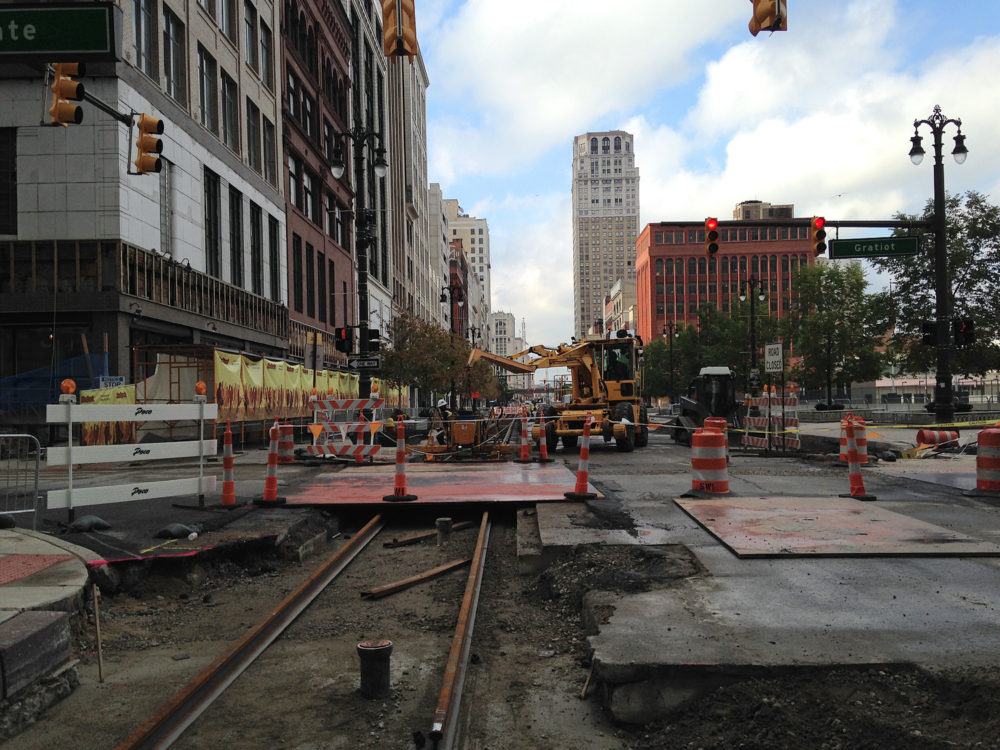
Streetcar critics question why governments would subsidize a transit system designed more to enrich property owners than move people.
For bus riders in Detroit, the streetcar subsidies are dumbfounding. Lisa Miller usually relies on two buses to go to work, the grocery store, pharmacy and doctor’s office. She said both don’t stop frequently enough and are often late.
“I feel like I spend more time waiting for a bus than anything else,” Miller said recently at a bus stop at E. Outer Drive and Van Dyke. “But what other choice do I got?”
The popular technology blog, Gizmodo, criticized streetcars as “nostalgia-wrapped tropes” that are as ineffective as they are expensive.
“These plans are not as much for the residents who live there now as they are vaporous visions to entice a future real estate boom.”
O’Toole, of the Cato Institute, was even more blunt.
“To me, streetcars are an intelligence test. Anyone who thinks that installing a 130-year-old technology that works no better today than it did 130 years ago should not be in charge of running our cities,” O’Toole told Inside Sources.
Motor City Muckraker is an independent watchdog funded by donations. To help us cover more stories like this, please consider a small contribution.
Steve Neavling
Steve Neavling lives and works in Detroit as an investigative journalist. His stories have uncovered corruption, led to arrests and reforms and prompted FBI investigations.
